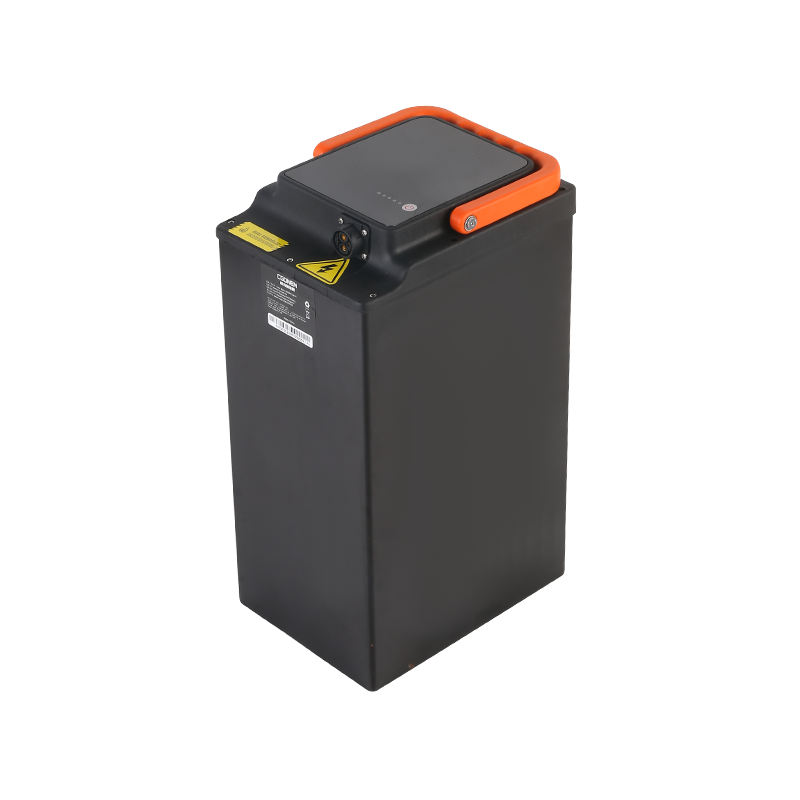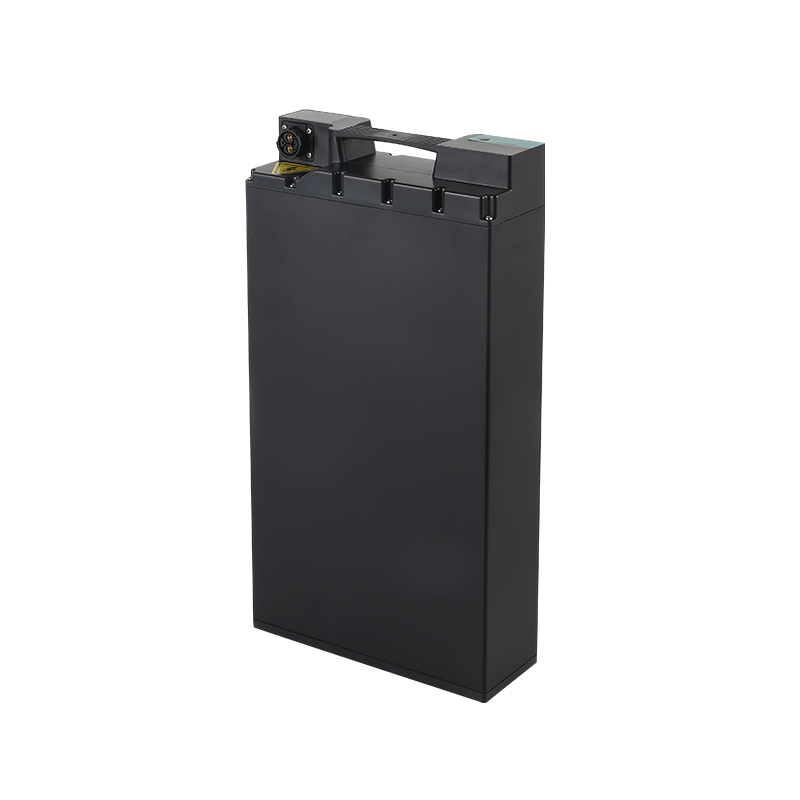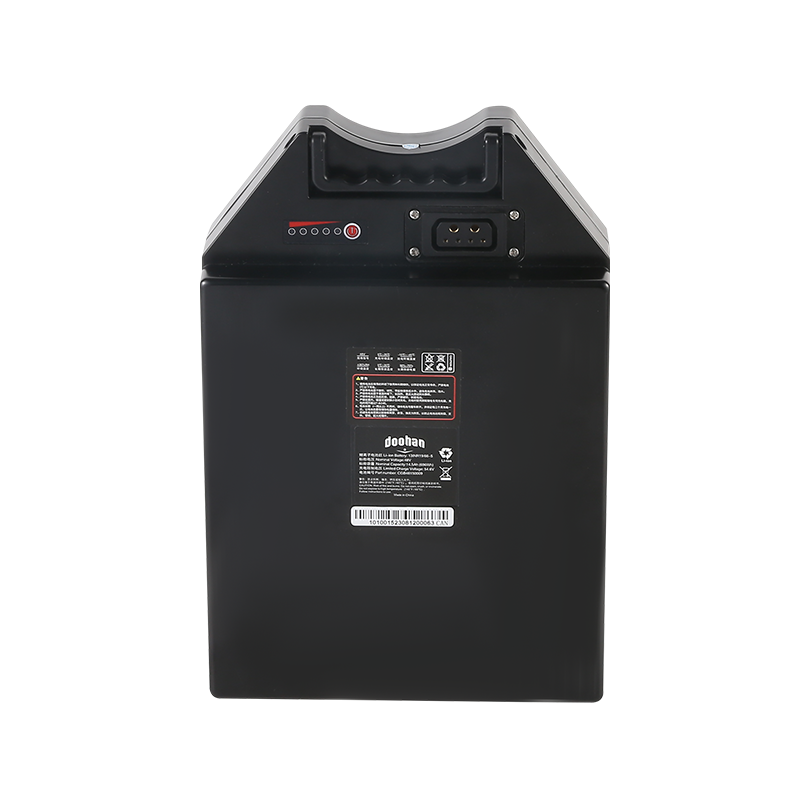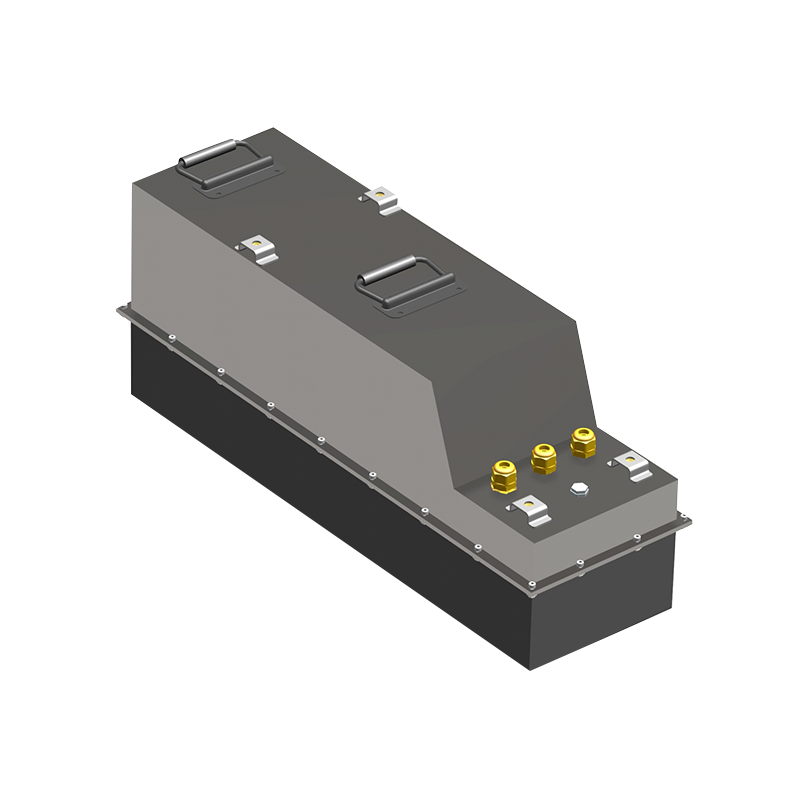Web Menu
Product Search
Exit Menu
Li-Ion Power Battery Demand Grows for Electric Vehicles
The ongoing global transition toward electric mobility and sustainable energy solutions is fundamentally underpinned by the rapid evolution of the Li-ion power battery. This specific energy storage technology, engineered for high-demand applications requiring robust output and endurance, continues to be the subject of intensive research and development. Its performance parameters directly influence the commercial viability and consumer adoption of a wide range of technologies, establishing the Li-ion power battery as a critically important component in the contemporary industrial landscape.
Within the automotive sector, the electric vehicle revolution is intrinsically linked to the capabilities of the advanced Li-ion power battery. The core metrics that define a vehicle's appeal—its driving range, acceleration performance, and charging duration—are all dictated by the electrochemical characteristics and engineering of its Li-ion power battery pack. Automakers and technology partners are relentlessly pursuing innovations to increase the energy density of the Li-ion power battery, a crucial goal that would enable longer journeys without increasing the physical size or weight of the battery system. Furthermore, enhancing the charge acceptance rate of the Li-ion power battery is a key focus, aiming to significantly reduce the time required to replenish energy, thereby improving convenience for users.
The operational lifespan and long-term reliability of the Li-ion power battery represent equally critical areas of investigation. Consumers and manufacturers alike have a vested interest in ensuring that a Li-ion power battery retains a substantial portion of its original capacity and power delivery after many years and thousands of charge-discharge cycles. Degradation over time is a natural process, but through sophisticated chemical formulations and improved thermal management systems, engineers are striving to extend the service life of every Li-ion power battery unit. This focus on durability not only bolsters consumer confidence but also supports the total cost of ownership and residual value propositions for electric vehicles.
Safety remains an absolutely non-negotiable aspect of Li-ion power battery design and manufacturing. The integration of complex and redundant battery management systems is now standard practice, constantly monitoring the status of individual cells within a larger Li-ion power battery assembly. These systems vigilantly track voltage, temperature, and current to prevent hazardous operational states. The inherent safety of the Li-ion power battery is also being strengthened through material science, with the development of more stable electrolytes and more resilient separator materials that are less susceptible to failure under stress, thereby ensuring safe operation across a diverse spectrum of environmental and usage conditions.
Looking toward the future, the developmental trajectory of the Li-ion power battery points toward continued refinement and incremental innovation. Next-generation chemistries, including solid-state configurations, promise potential leaps in safety and energy density for the Li-ion power battery. Concurrently, a strong emphasis is being placed on creating a sustainable lifecycle for these components, from ethical sourcing of raw materials to the establishment of efficient recycling processes that can recover valuable elements from a spent Li-ion power battery. As these advancements materialize, the Li-ion power battery is poised to solidify its role as the dominant force in energy storage for decades to come, powering everything from personal vehicles and city buses to residential and utility-scale power grids.
-

+86-13049701086
-

Stonehuang@CGONEN.com
-

No.88, Huji Road, Taizhou Bay Binhai New Area, Jiaojiang District, Taizhou City, Zhejiang Province, China











